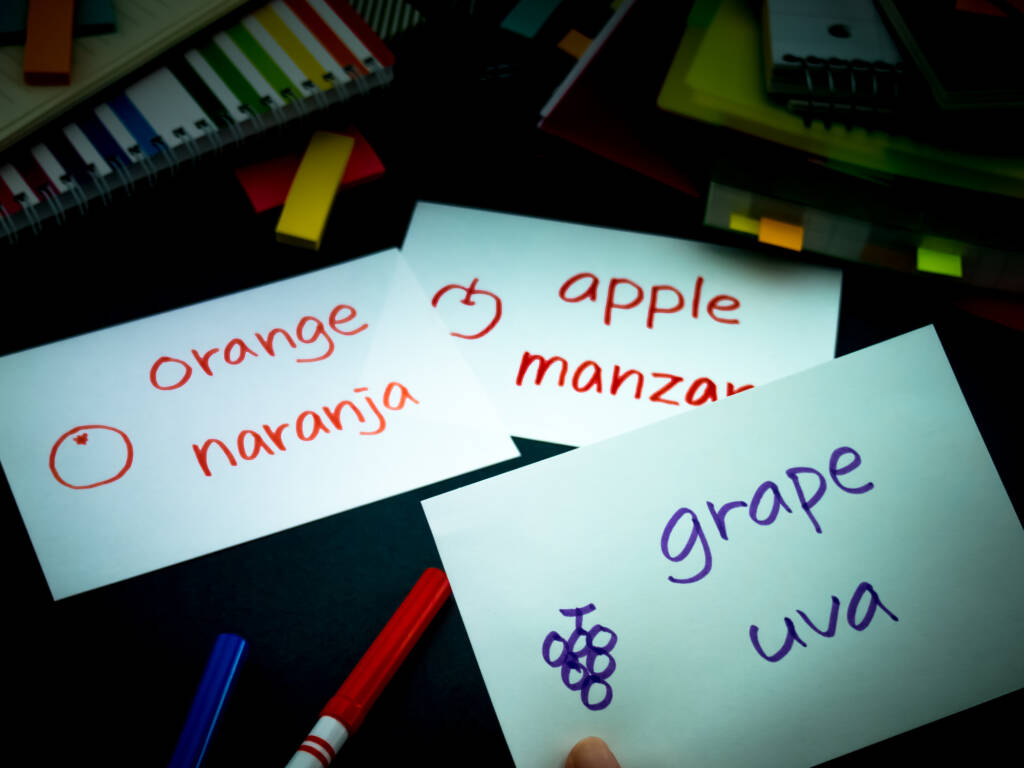
Elementary Art Grade 4

Elementary art at VLACS provides children the opportunity to develop their senses and creativity. The program encourages students to use their imaginations and express their feelings through drawings and colors. The program also includes repetition at different age levels using various tools and mediums. Students explore their world, including home, family, traditions, friends, pets, and toys.
Please view the Elementary Parents Guide for Grades K-2 with guidance on helping your student transition to online learning and thrive at VLACS.
Major Topics and Concepts
- Lines
- Horizontal, vertical, diagonal, contour
- Wavy, curved, zigzag
- Shapes
- Square, rectangle, triangle, oval, circle, star, octagon, hexagon
- Color Qualities
- Value, hue, intensity
- Color wheel
- Primary colors, secondary colors, complementary colors, analogous colors
- Depth-demonstrates distance in art to show if objects are close or further away
- Three-dimensional- an object has or appears to have width, height and depth
- Horizon line- horizontal line where the ground and sky meet
- Vanishing point- a point on the horizon line where items recede to in order to create depth
- Neo-Impressionism-Use dots and dashes to create shapes and depth in drawings
- Composition- The artist determines how to present the subject matter of the artwork so that it catches the attention of the viewer. The artist does this with the use of lines, shapes (size) and colors.
- Rhythm- method of organizing the artwork. Lines, patches of color, and various spaces between shapes/objects provide a rhythm to lead the viewer in the activity of appreciating the artwork.
- Van Gogh’s use of rhythm- created with repeated brush strokes
- Real Life Connections- try telling a story about an experience you had through your art
- Self-portrait guideline
- Line down the middle of the head shape
- Line across the middle- place eyes on this line and the top of the eyes should line up with the top of this line
- Cut the second half of the face in half again with a horizontal line- the mouth will go on this line
- Mosaic History
- Greeks made mosaics out of terracotta clay on the floors
- Church’s used mosaics on the ceilings and walls
- Mosaic Process
- Cut out squares of colored construction paper
- Draw a grid to paste the construction pieces on
- Lightly sketch out a pencil outline of your mosaic
- Paste the construction pieces onto your sketched out mosaic
- Three-dimensional- things like sculpture, clay art, metal works, pottery, beading, or enhancement of flat art using real objects. Simply, a third dimension in art makes something look more real. It pops out.
- Metepec sun- raised areas on the sun, such as the nose, land lips, which make it 3D
- Collage- Materials that are not flat are used which show dimension
Course Materials
To achieve success, students are expected to submit work in each course weekly. Students can learn at their own pace; however, “any pace” still means that students must make progress in the course every week. To measure learning, students complete self-checks, practice lessons, multiple choice questions, projects, discussion-based assessments, and discussions. Students and families are expected to maintain regular contact with teachers because, when teachers, students, and parents work together, students are successful.
Required Materials – Please view the List of Materials before registering.
Competencies
The Elements of Art
Students will demonstrate an understanding of the elements of art by describing different types of lines, drawing and naming different shapes, explaining the qualities of color, and creating a color wheel.
Creating Depth
Students will demonstrate an understanding of creating depth by defining depth and three-dimensional, describing the purpose of a horizon line and vanishing point, and using depth in a Neo-Impressionism inspired artwork.
Elements of a Masterpiece
Students will demonstrate an understanding of elements of a masterpiece by describing composition and rhythm, explaining Van Gogh’s use of rhythm in his artwork, and creating a Van Gogh inspired masterpiece.
Realistic Art
Students will demonstrate an understanding of realistic art by making connections to real life experiences to create art, describing guidelines used to create a self-portrait, and creating a self-portrait.
Mosaics
Students will demonstrate an understanding of mosaics by describing the history of mosaics, creating a mosaic, and explaining the steps for creating a mosaic.
Three-Dimensional Art
Students will demonstrate an understanding of three-dimensional art by defining three-dimensional, creating a clay Metepec sun and collage as well as explaining what makes each three-dimensional.

